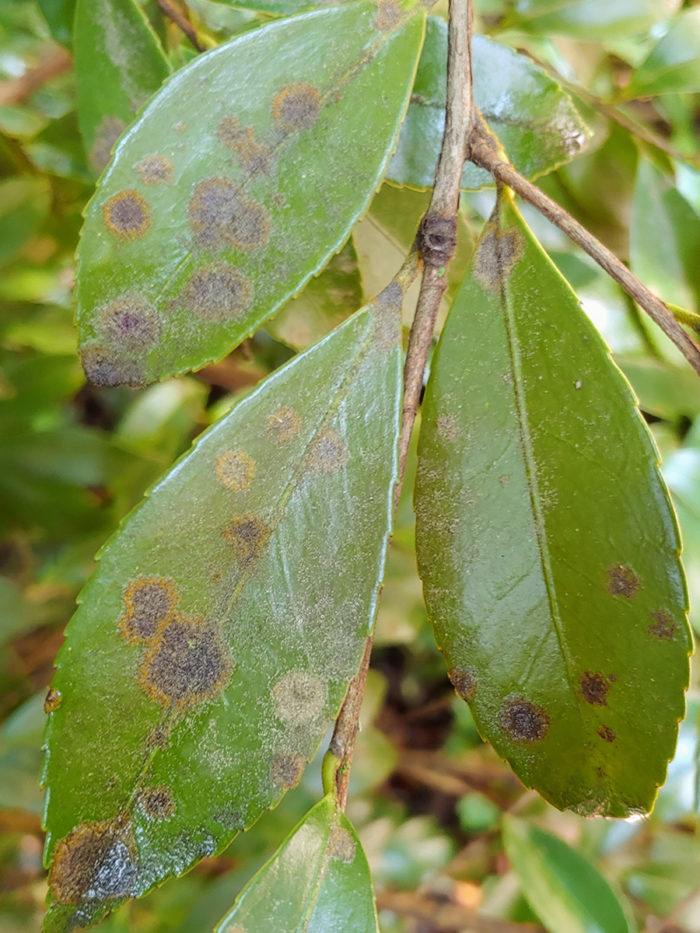
Ponder the camellia (Camellia spp. and cvs., Zones 6–10) for a moment: It’s a glossy rich evergreen with a dense and pleasing form. It loves heat and can survive droughts. It’s festooned in luxuriously large blooms in both shade and partial sun areas—in winter, no less! Camellia deserves its botanical mic drop. This queen of the southeastern winter garden is near perfect.
But like a supermodel with a pimple, when camellia leaves get blemishes, we’re liable to react with shock. It’s as if they are somehow supposed to be untouchable. The first time I saw the bloated, pale leaves of camellia leaf gall, I recoiled in horror and thought, “What demon has possessed this elegant beauty?” The leaves on the dogwood tree (Cornus cv., Zones 3–9) next to it may have been sporting a nice coat of powdery mildew, but I just walked by those thinking, “Nobody’s perfect.” However, once I did a little research and adjusted my attitude, I accepted the leaf gall for what it is: a relatively harmless fungus requiring a bit of yearly pruning to bring my sasanqua’s (Camellia sasanqua, Zones 6b–9) appearance back into top form.
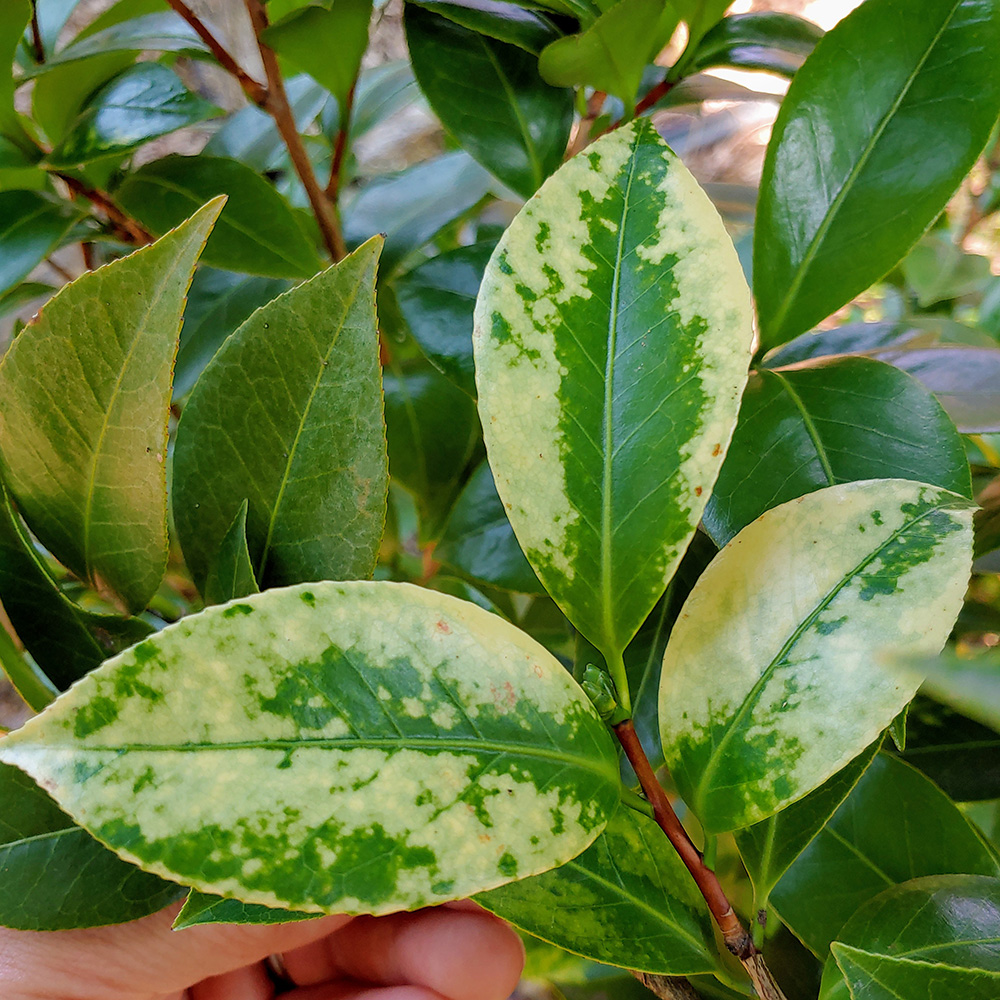
I reached out to Grant Houlihan, a creative landscaper (and friend) to find out the most frequent camellia concerns his clients have. “I get the most questions about leaf gall, tea and cottony camellia scale, virus mottling, and root rot,” he answered. “Of the leaf issues, scale would be my main concern. [Yellow mottle] virus doesn’t affect the overall health of the plant, and I find some of the discolorations fascinating! There is actually something beautiful about how it affects the leaves and blooms.”
If you’ve got questions about your less-than-perfect camellia leaves, check out the visual guide below. If you’re still puzzled, move on to an image search for camellia sunscald, sooty mold, and oedema—three less-frequently-asked-about leaf issues not described here.
Leaf gall
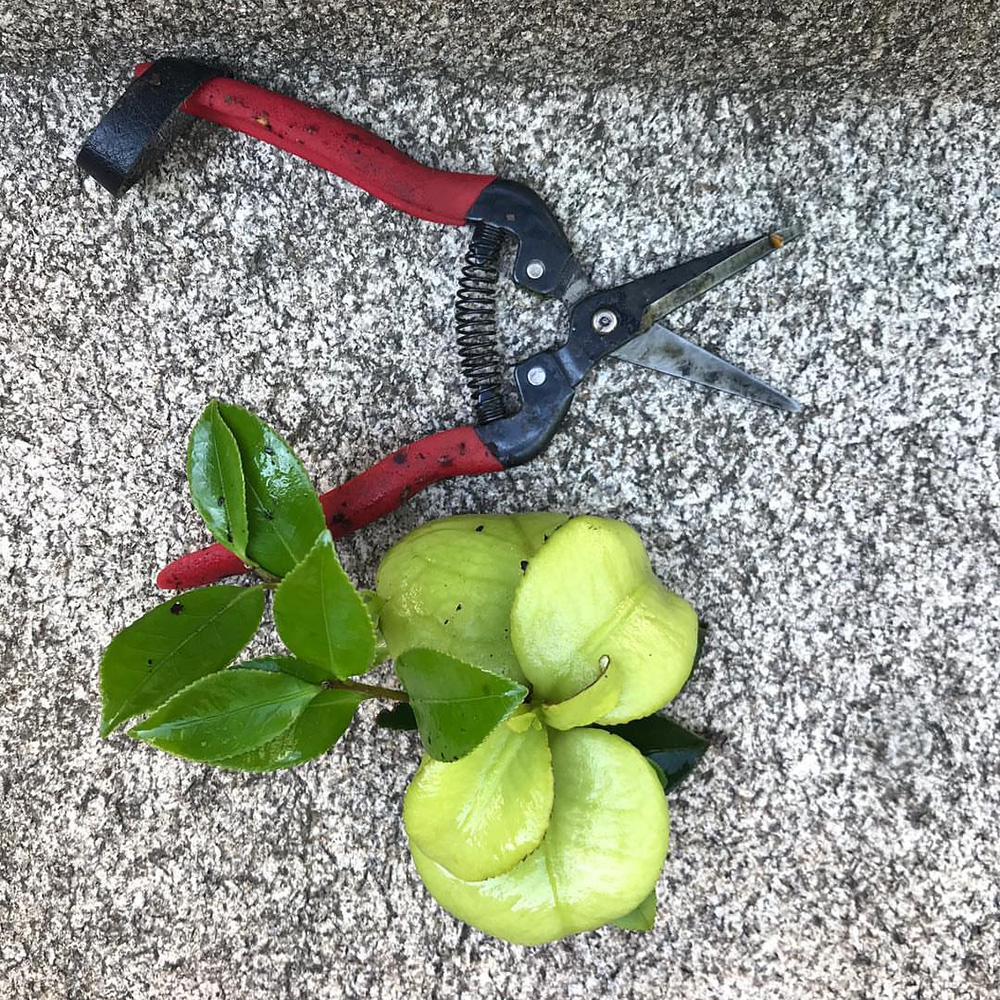
Cause and symptoms: New leaves become thickened and fleshy. They turn light green to pinkish, with eventual white undersides. Japanese camellias (Camellia japonica, Zones 7–9) are less susceptible than sasanquas. The fungus, Exobasidium camelliae, spreads by spores released on older leaf galls that have developed white undersides.
What to do: Don’t panic. This is more disfiguring than destructive. Simply prune off affected leaves as soon as they are detected. Bag to destroy. Rake up fallen leaves and remulch.
Planthoppers
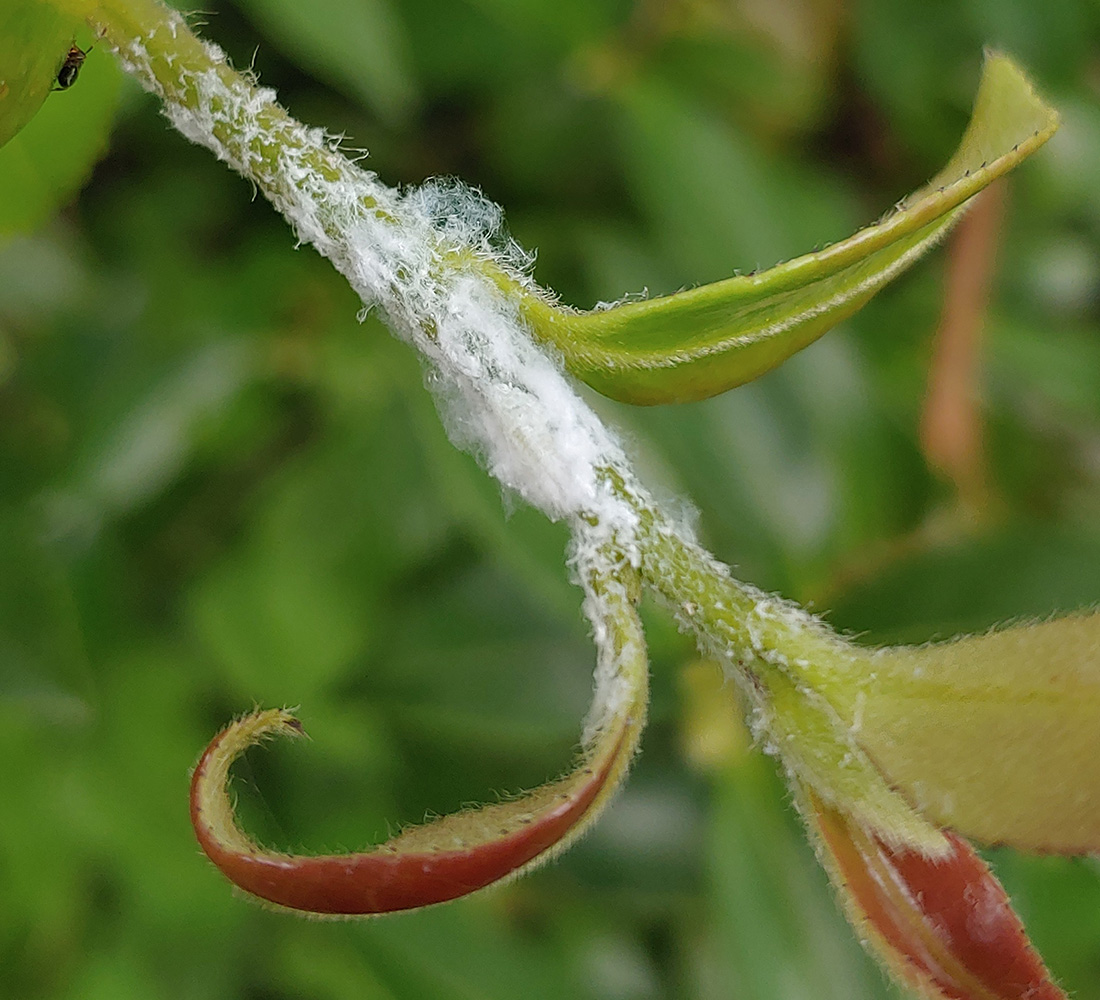
Cause and symptoms: Fuzzy whiteness covers new growth (leaves and stem). This is not evidence of mealy bugs or scale; these are the secretions of juvenile leafhoppers. Touch the area and watch them hop. Planthoppers can be from different genera and species.
What to do: Send the kids out to play with them. These are more amusing than destructive. Juveniles and adults do feed on plants, but rarely do any harm. If you are bothered by the look of the cottony wax, use a blast of water and a toothbrush to remove it.
Yellow mottle virus
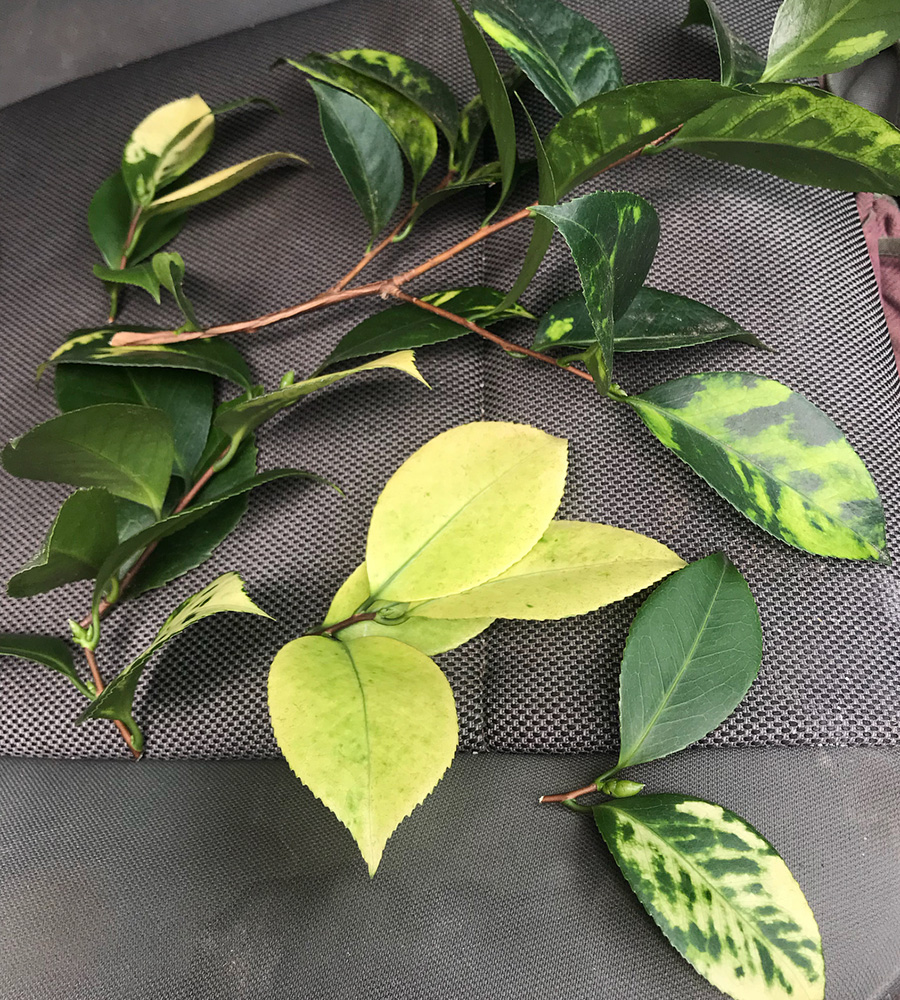
Cause and symptoms: Irregular patterns of pale to medium yellow blotching cover leaves, which are usually present in only a portion of a shrub. The virus can also show up in lighter patches on petals. Transmitted during propagation, it does not spread in the landscape, except (potentially) through pruners that have not been sterilized between cuts.
What to do: C’est la vie. Once a plant has this virus, there is no treatment. However, it is not damaging. You may prune out affected areas for a temporary fix, but the discolorations will return on new growth. Sterilize pruners after removing affected foliage.
Algal leaf spot
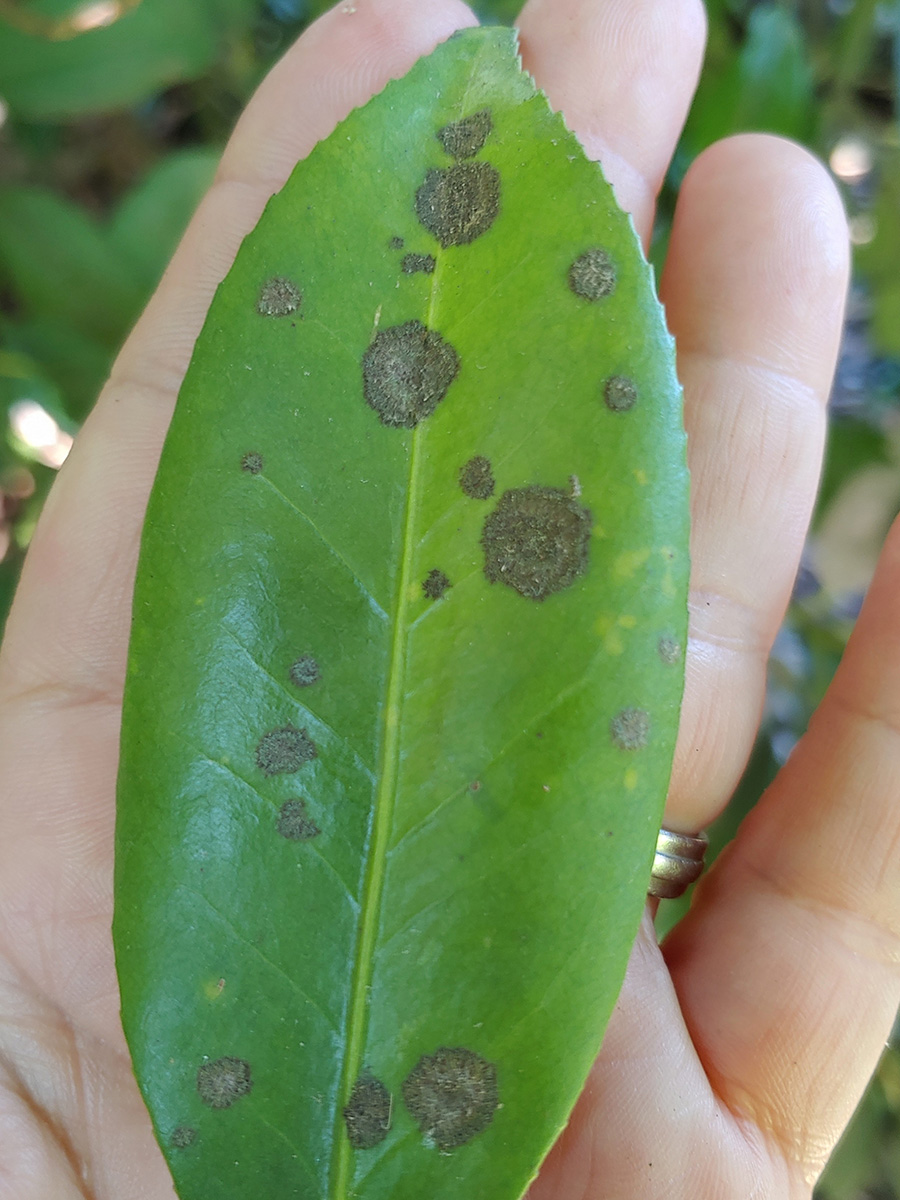
Cause and symptoms: Gray-green or rusty brown spots with irregular margins are caused by the algae Cephaleuros virescens. This organism takes advantage of already-stressed plants. Your best defense is a healthy plant.
What to do: Check the health of your plant, and remove infected leaves. Algal leaf spot is usually not a destructive problem on camellias unless plants are already struggling. Because lower or interior leaves are more likely to be affected, you may not even notice a mild infection. And mild infections may be left alone. Remove and destroy infected leaves, including those on the ground. Give the plant a little more TLC by making sure it isn’t crowded, isn’t planted too deep, has adequate moisture, and is getting compost or fertilizer each spring.
Tea scale
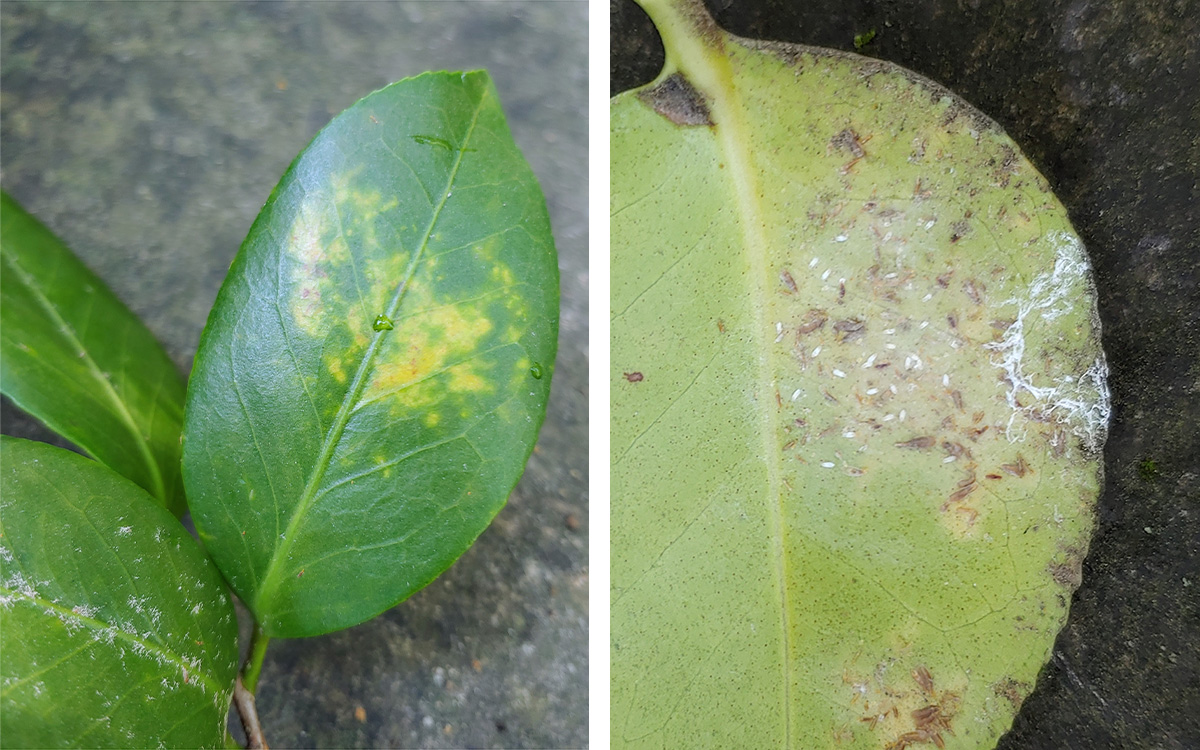
Cause and symptoms: Leaf surfaces develop mottled, yellowish patches. Leaf undersides are covered with a mix of tan and fine, cottony white structures. It’s more likely to be on the interior leaves of a shrub. The scale insect is Fiorinia theae. It spreads through the “crawler” stage to adjacent foliage. There are other insects (and other scale) that occasionally feed on camellias.
What to do: Assess, then act. If you find that less than 20% of the leaves of your shrub are hosting scale, you may pick off truly infested leaves and destroy the bugs. The shrub may look a little sparse afterward, but it will fill out with new leaves in the next growing season. Repeated applications of horticultural oil (every two to three weeks in spring) can be effective for moderate infestations. I don’t recommend insecticides, because those kill beneficial insects too. If the underside of most leaves is coated in scale, contact a professional for treatment.
Camellias are plants like all others; they are living in your particular garden ecosystem, and their leaves can bear an assortment of imperfections. Luckily, most of these aren’t signs of impending doom. Once you know what they are and how to act, you can rest easy. Some modest action will keep your camellia foliage looking its best. No plant is perfect, and no gardener is perfect. When you see your imperfections for what they are, you can move past them and spend more time being an amazing gardener.
—Paula Gross is the former assistant director of the University of North Carolina at Charlotte Botanical Gardens.
Fine Gardening Recommended Products

ARS Telescoping Long Reach Pruner
Fine Gardening receives a commission for items purchased through links on this site, including Amazon Associates and other affiliate advertising programs.

Gardena 3103 Combisystem 12-Inch To 20-Inch Adjustable Metal Fan Rake Head
Fine Gardening receives a commission for items purchased through links on this site, including Amazon Associates and other affiliate advertising programs.
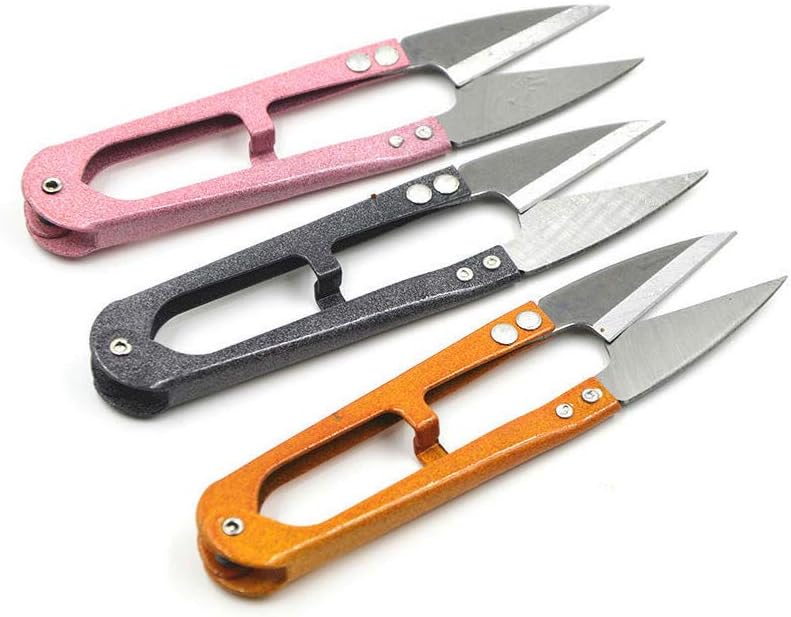
3 Pack 4.1Inch Bonsai Pruning Scissors
Fine Gardening receives a commission for items purchased through links on this site, including Amazon Associates and other affiliate advertising programs.



















Comments
Log in or create an account to post a comment.
Sign up Log in